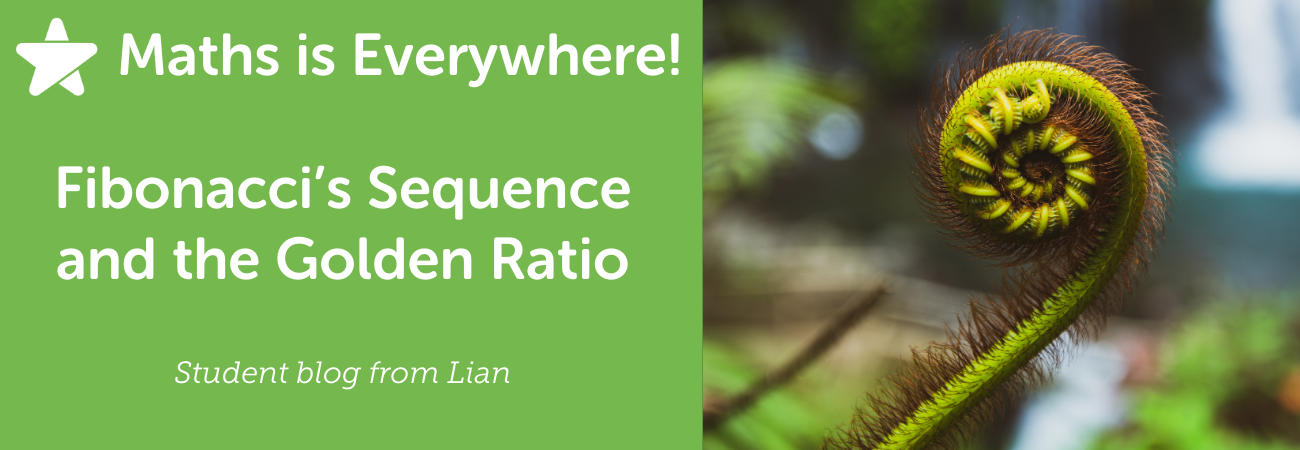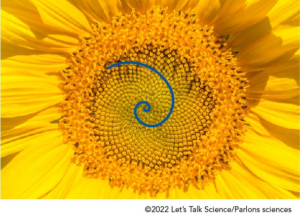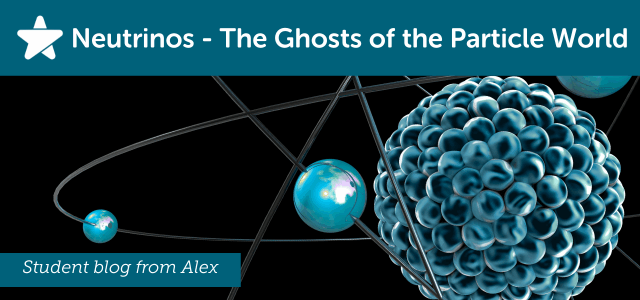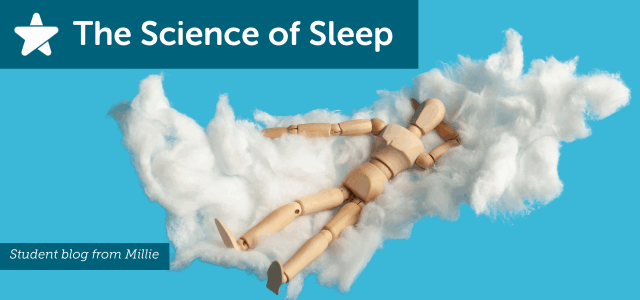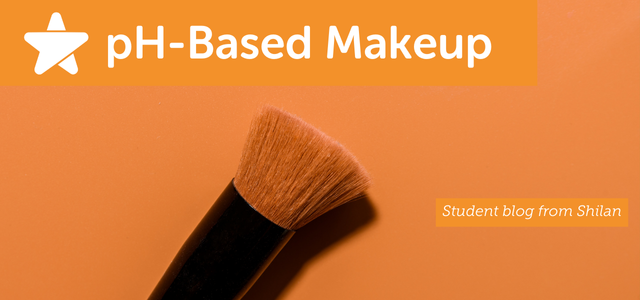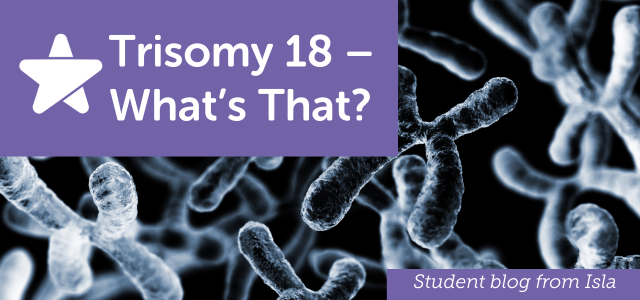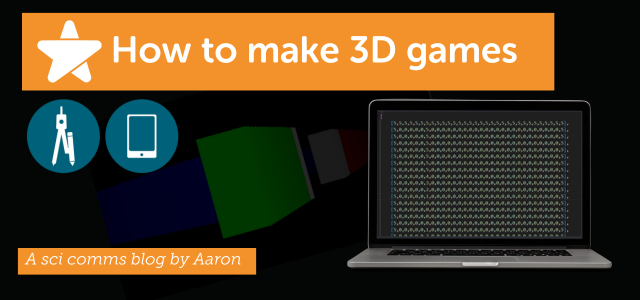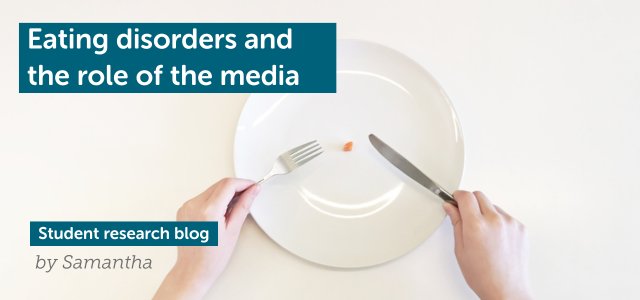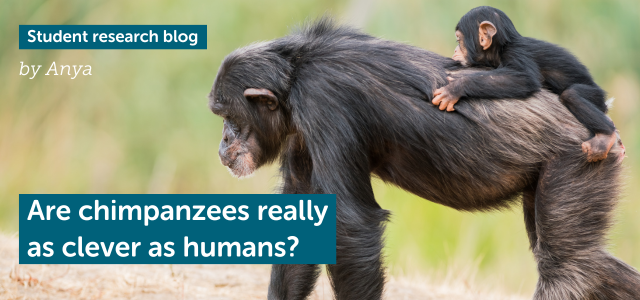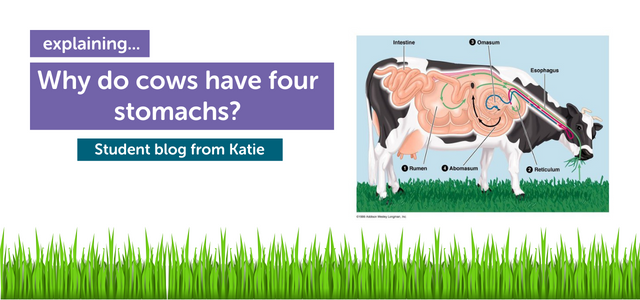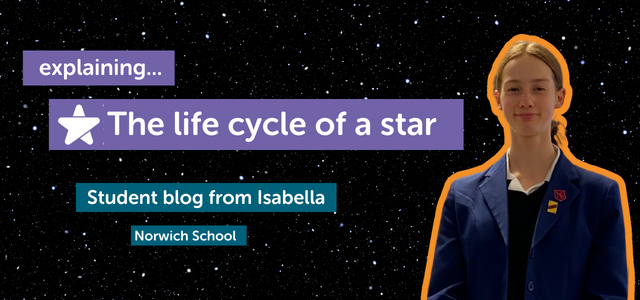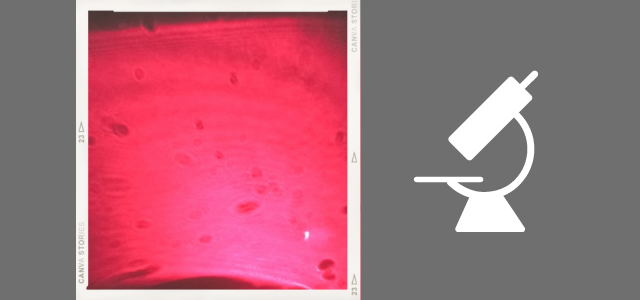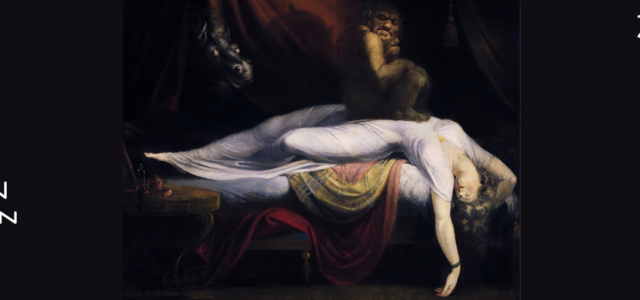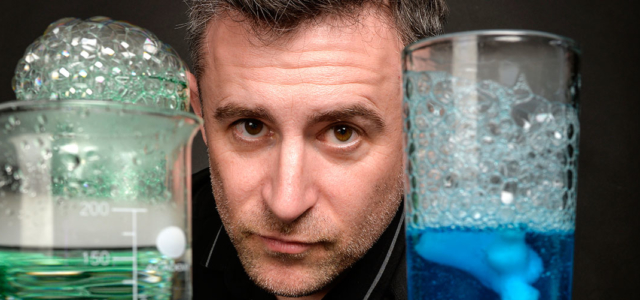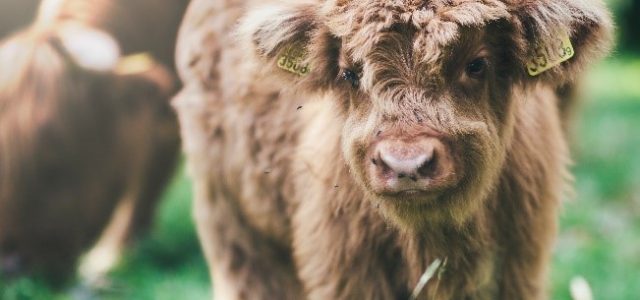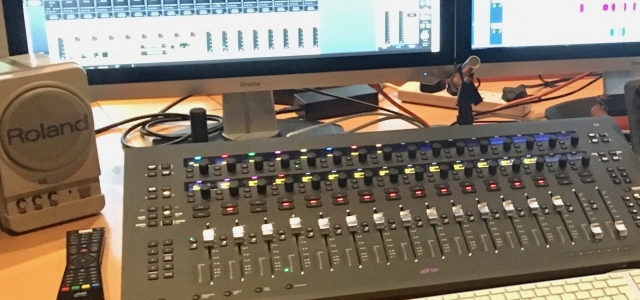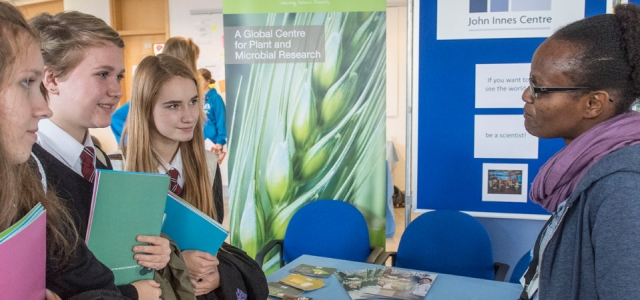Maths is all around us! The Fibonacci sequence and the golden ratio are fascinating concepts with applications that extend far beyond our everyday calculations. From the spirals of seashells to the proportions of famous works of art, these mathematical ideas are woven into the very fabric of nature and human creativity. In her blog, Youth STEMM Award participant Lian explores examples of these mathematical phenomena in various biological arrangements. Read on to learn more…
Maths is everywhere. Now when I say that, you may think I mean calculating how much money you need to pay your bills or working out the percentage of your tip. But I literally mean ‘everywhere’ – in nature, across all ecosystems of animals, plants and microorganisms. And how is this possible? The Fibonacci Sequence and the Golden Ratio.
The Fibonacci sequence was described by Leonardo Fibonacci (formerly known as Leonardo de Pisa). According to Wikipedia it is a pattern where ‘each number is the sum of the two preceding ones.’ When we express the pattern as squares with widths it forms a spiral. It looks something like this:
0+1=1, 1+1=2, 2+3=5, 3+5=8, 5+8=13, 8+13=21, 13+21=34 …
So, the Fibonacci sequence is 1,2,3,5,8,13,21,34,55 etc. It can also be expressed using this equation:
Fn = F(n-1) +F(n-2)
The Golden Ratio, discovered by Euclid of Alexandria, is a relationship between two numbers that are next to each other in the Fibonacci sequence. When you divide the larger one by the smaller one, the answer is something close to Phi. The further you go along the Fibonacci Sequence, the closer the answers get to Phi. But the answer will never equal Phi exactly because Phi cannot be written as a fraction – it’s irrational. An irrational number goes on forever without repeating, Phi begins with 1.6180339… and follows on from there.
You may begin to question how any of these ‘meaningless’ lines of useless numbers have any relation to your life, but in reality, these mathematical phenomena play a huge role in our lives, as well as the lives of animals and plants- and everywhere in nature. For instance, flowers exhibit patterns that correspond with the Fibonacci sequence. Mathnasium gives us a few examples: lilies have three petals, buttercups have five, chicory has eight, delphinium have thirteen, and daisies have twenty-one. Maybe that’s why it’s rare to find a four-leaf clover! Pinecones also follow Fibonacci with their spiral patterns: five spirals go in one direction and eight in the other, or eight spirals in one direction and thirteen in the other. Sunflowers are a particularly well-known examples of spiral sequences. They typically have either 21 spirals clockwise and 34 counterclockwise or 34 spirals clockwise and 55 spirals counterclockwise. Mathnasium states, ‘If you count spirals in both directions and divide the larger number by the smaller one, you’ll get a value close to the golden ratio.’ For example: 55 divided by 34 = 1.61764706
We all know bees are crucial to our environment and ecosystems, but did you know a honeybee’s DNA inheritance conforms to the patterns of the Fibonacci sequence and the Golden Ratio? Female worker bees inherit half of their DNA from the Queen bee (their mother) and half from their father, male bees receive their DNA solely from the Queen. This is because the Queen lays all the eggs in a hive, if an egg is fertilised, it will hatch into a female worker bee, but if the egg remains unfertilised, it will hatch into a drone (a male bee) which explains why a drone only carries its mother’s DNA. A male honeybee’s family tree will look something like this: one mother, two grandparents, three great grandparents, five great-great grandparents. Does that pattern seem familiar? The Fibonacci sequence once again makes an appearance and the further back you go in the family tree, the ratio between successive numbers approaches approximately 1.618 – the Golden Ratio.
Our own human bodies also replicate the golden ratio and Fibonacci sequence. Mathnasium provides examples such as our faces, hands, arms, fingers and even our DNA. ‘In the structure of the DNA molecule, each complete cycle of its double helix spans 34 angstroms in length (representing its helical length) and 21 angstroms in width (representing its diameter). These numbers follow the Fibonacci sequence and when 34 is divided by 21, it results in the divine proportion.’ Even our own blueprint of life follows this mathematical sensation. On our faces, the measurements between our different features can approximate the Golden ratio: our mouth width to nose width, eye distance to nose width, nose to lip ratio (distance between the top of the nose and the centre of the lips) and our face width to height. It is believed the ‘perfect face’ is fully proportionate to the Golden ratio.
If you want to try finding the golden ratio on yourself, here’s an idea. On your index finger, you will notice there are smaller sections which are separated by lines which look like some kind of crease in your skin. If you measure the length of all three sections, you’ll find each section is about 1.618 units longer. So, as you see, the Fibonacci sequence and Golden ratio is so prominent in your life, yet you may never have noticed it. Once again, maths truly is everywhere!
References:
Fibonacci discovery and definition: https://en.wikipedia.org/wiki/Fibonacci_sequence
Golden Ratio Definition: https://letstalkscience.ca/educational-resources/backgrounders/fibonacci-and-golden-ratio
Golden Ratio and Fibonacci Examples: https://www.mathnasium.com/blog/golden-ratio-in-nature
Honeybee Study: https://www.edisco.it/new-agriways/wp-content/uploads/sites/101/2019/07/36_Bees_and_Fibonacci_sequence.pdf

